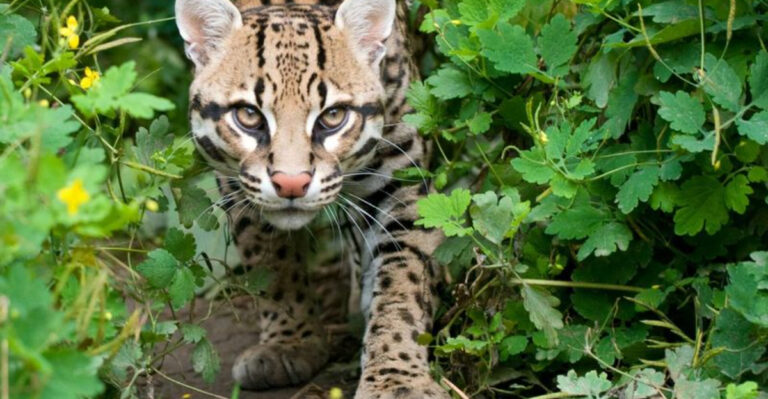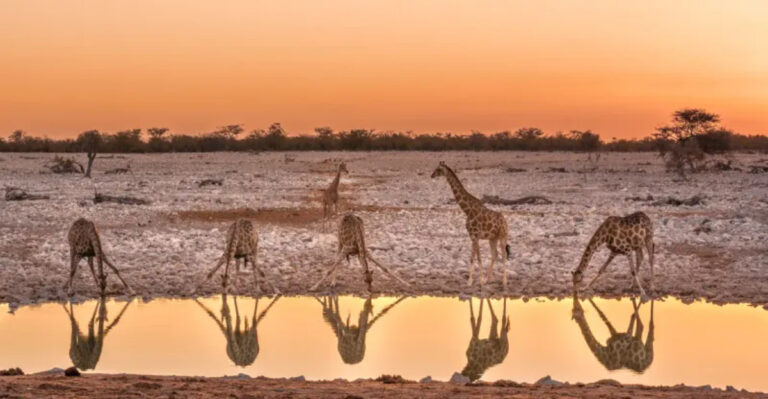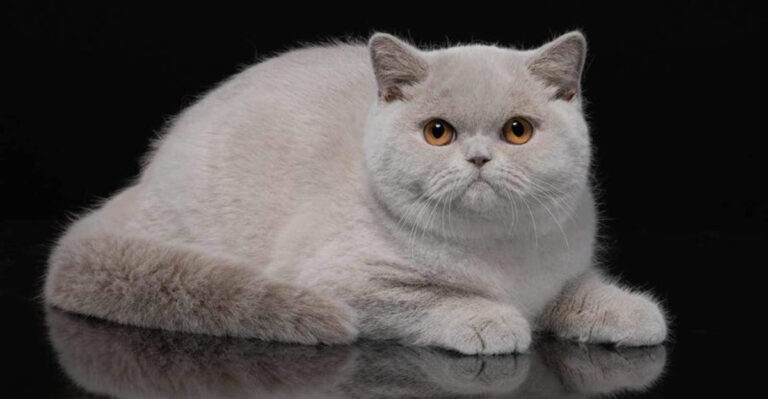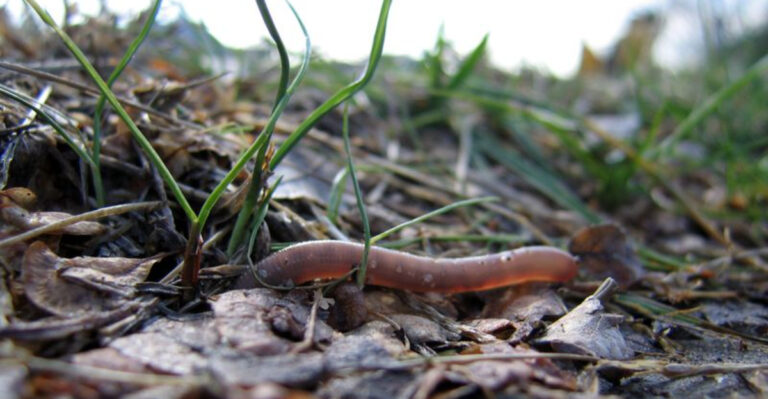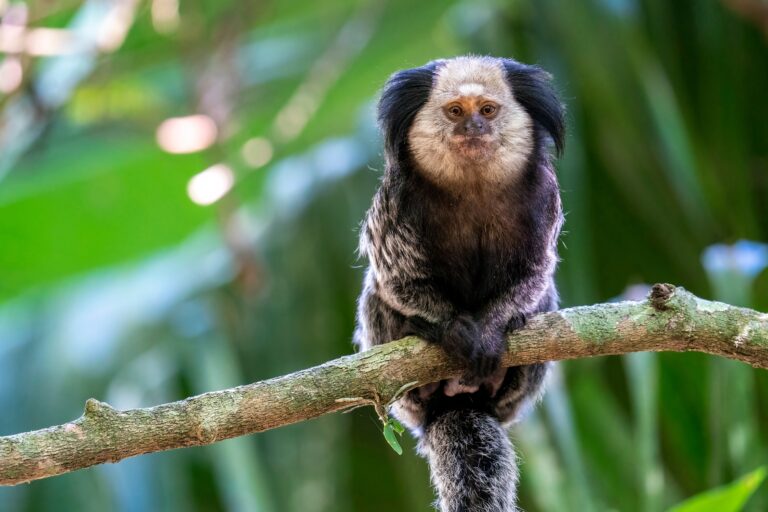The Self-Seeding Flowers That’ll Keep Hummingbirds Coming To Your Yard Year After Year
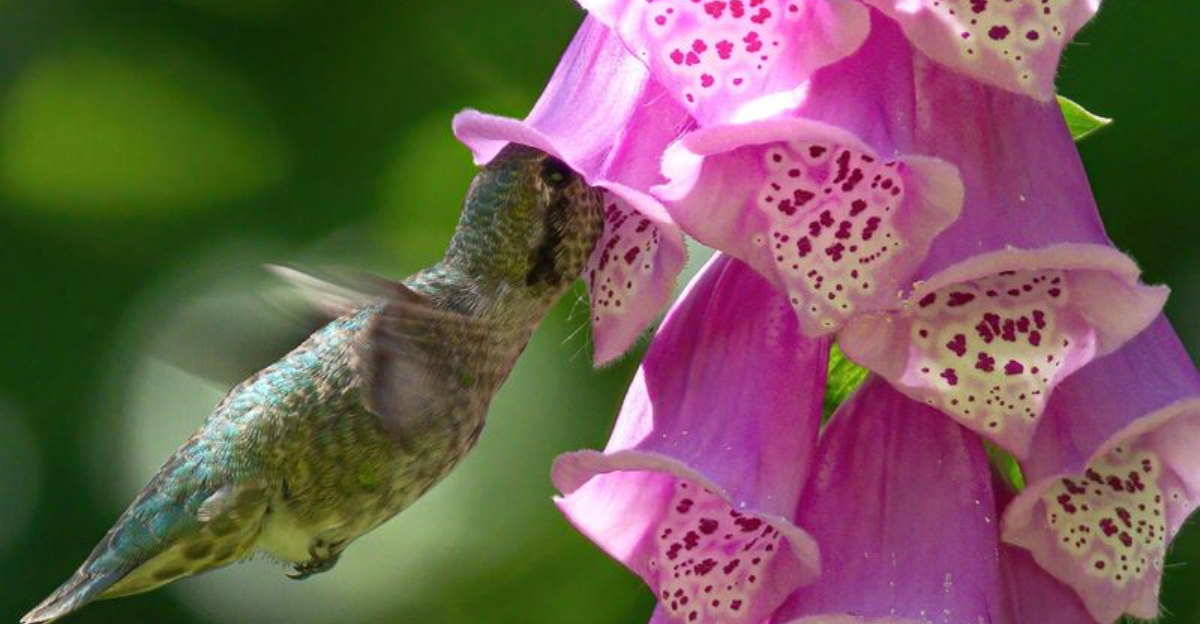
Want a yard buzzing with hummingbirds without constant replanting? Self-seeding flowers are nature’s gift to lazy gardeners!
These plants drop seeds that sprout new blooms each year, creating a self-sustaining paradise for our tiny, hovering friends. With the right flowers, you’ll establish a hummingbird haven that renews itself season after season.
Scarlet Bee Balm
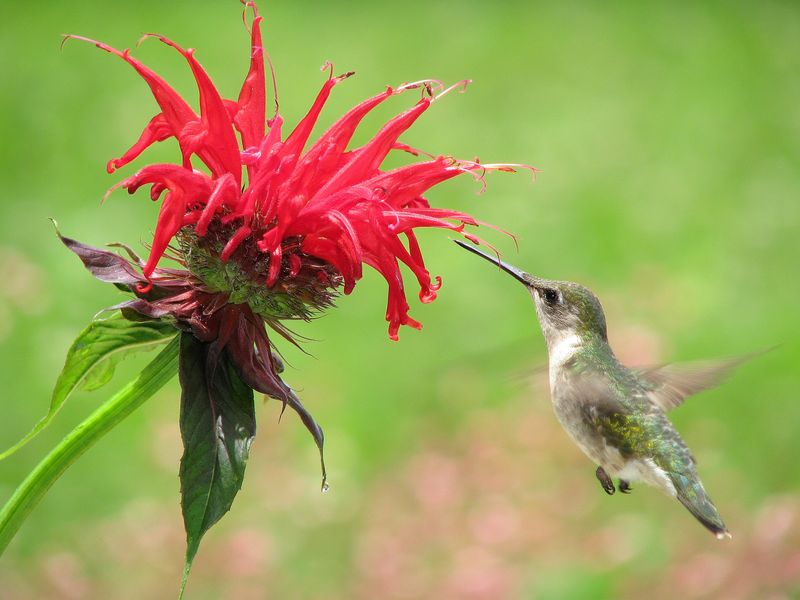
Brilliant red blooms burst like tiny fireworks from this native wildflower. Hummingbirds can’t resist its tubular flowers packed with sweet nectar.
Bee balm spreads enthusiastically through both underground stems and fallen seeds, forming larger patches each year. Plant it once and watch it multiply in sunny spots with decent drainage.
Cardinal Flower
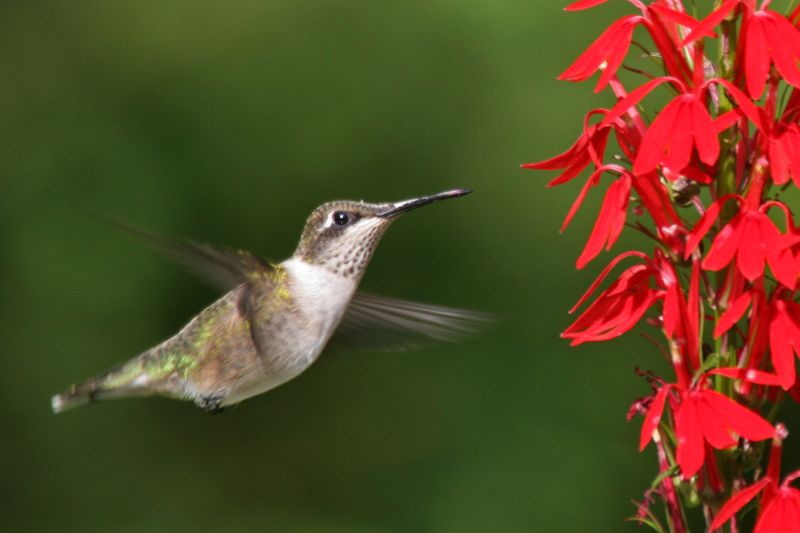
Nothing says “hummingbird magnet” quite like the intense red spikes of cardinal flower. Named for its resemblance to a cardinal’s vibrant plumage, this native perennial produces hundreds of tiny seeds.
Happy in moist areas along streams or pond edges, cardinal flower’s offspring will pop up in new spots each spring, creating a self-perpetuating buffet for hummers.
Columbine
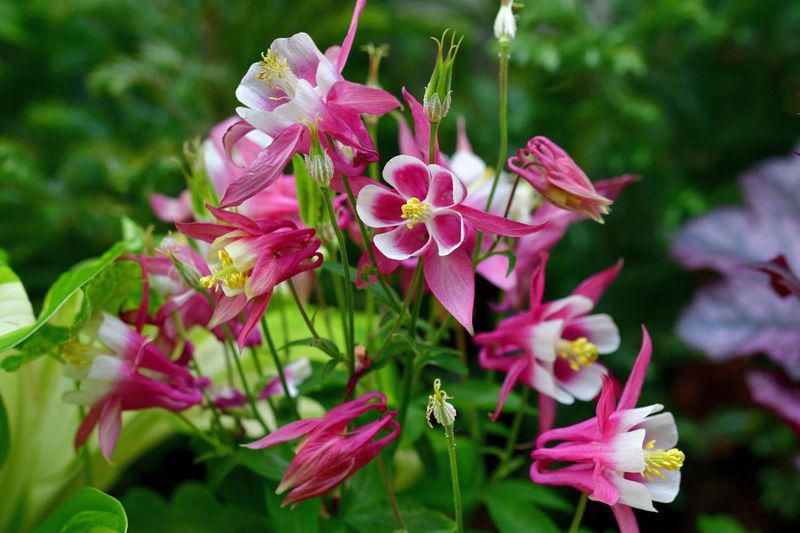
Fairy-like blooms dangle from delicate stems, their unique spurred shape perfectly designed for hummingbird beaks. Available in a rainbow of colors, native columbine varieties are especially prolific seeders.
After flowering, distinctive seed pods form and split open, scattering seeds that readily germinate. Give them partial shade and watch new plants emerge in surprising places each spring.
Foxglove
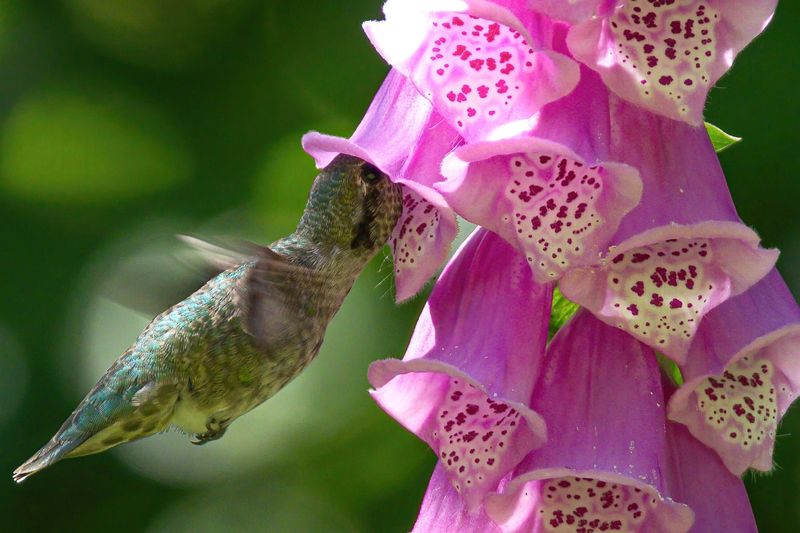
Tall spires of spotted, tubular bells make foxglove a dramatic addition to any garden. Each plant produces thousands of tiny seeds that scatter with the slightest breeze.
Though technically biennial, foxglove creates a continuous presence through generous self-seeding. The second year brings towering flower stalks that hummingbirds patrol repeatedly throughout the day, drawn to the nectar-rich blooms.
Penstemon
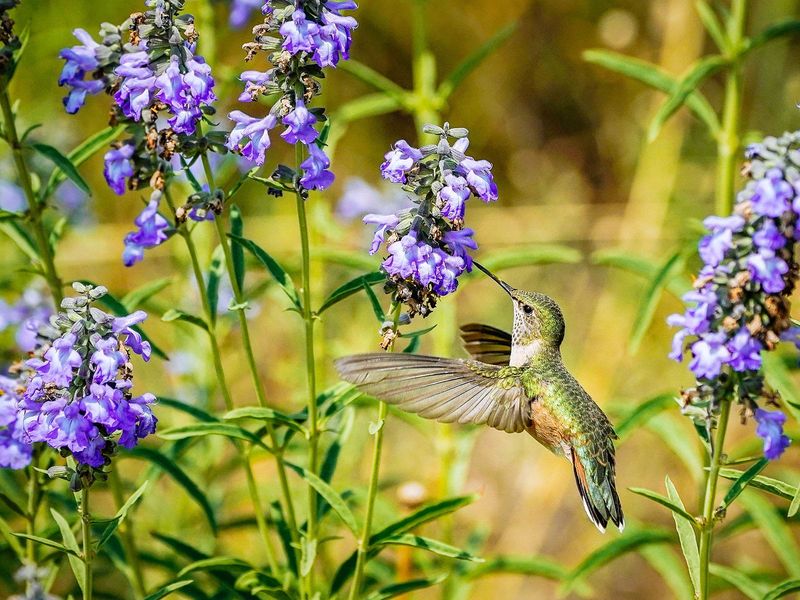
Nicknamed “beardtongue” for the fuzzy stamen that pokes out from each blossom, penstemon offers trumpet-shaped flowers in shades from scarlet to purple. Native varieties are particularly tough and generous with their seeds.
Once established, these drought-tolerant beauties create new plants from dropped seeds. The tubular blooms are perfectly sized for hummingbird beaks, making them irresistible feeding stations.
Hollyhock
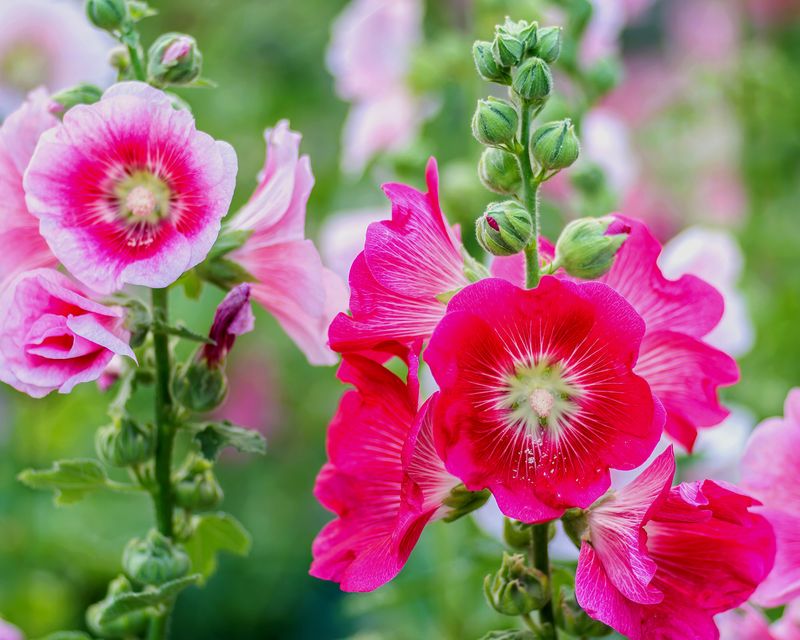
Reaching skyward with stalks that can top seven feet, old-fashioned hollyhocks create vertical drama that hummingbirds love to explore. Each bloom opens in sequence up the stem, providing weeks of nectar.
After flowering, round seed pods form and drop hundreds of seeds. Though technically biennial, hollyhocks self-seed so reliably they behave like perennials, popping up in new garden spots each year.
Cleome (Spider Flower)
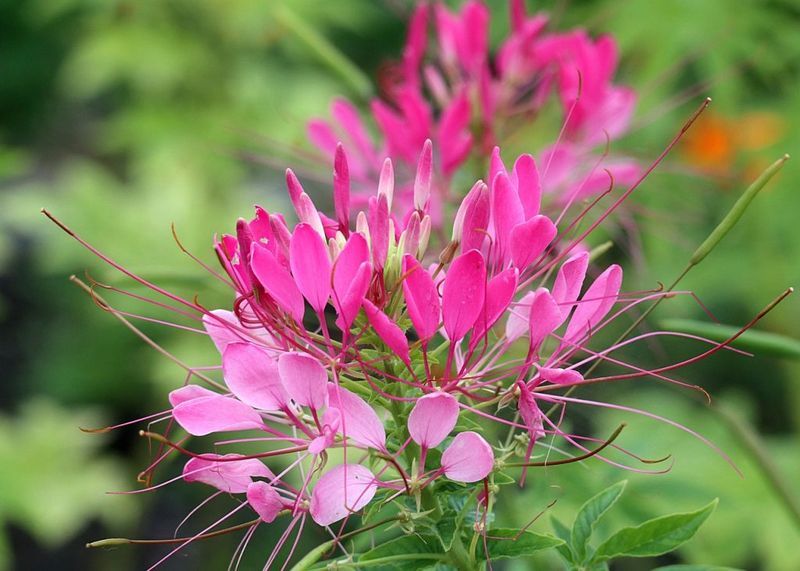
Quirky blooms with long, spidery stamens give cleome its common name. The unusual flowers produce nectar that hummingbirds seek out, while seed pods form simultaneously below spent blooms.
These annual plants are champion self-seeders, sometimes almost too enthusiastic! Seeds germinate readily in warm soil, with new plants appearing each spring. Their tall, airy structure adds height and movement to garden borders.
Larkspur
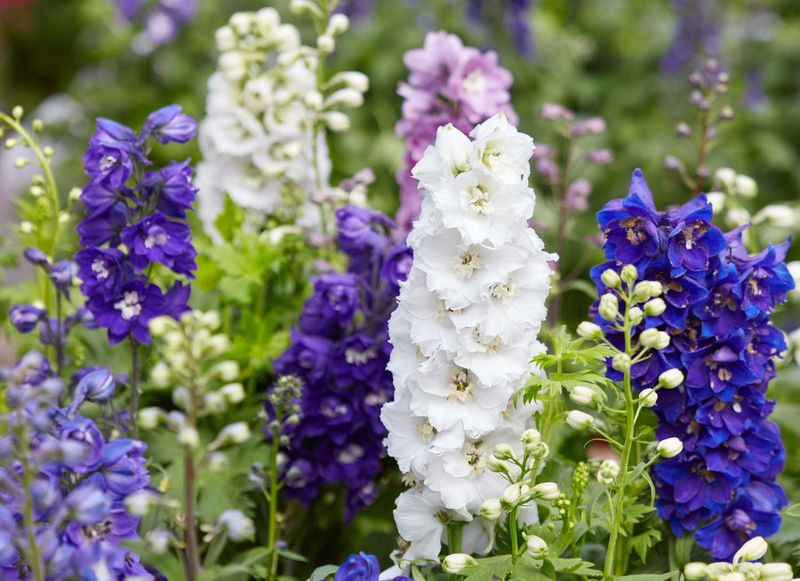
Cottage garden favorite larkspur produces clusters of spurred blossoms in jewel tones that hummingbirds find irresistible. These cool-season annuals bloom early when few other nectar sources exist.
After flowering, distinctive seed pods split open to release hundreds of tiny black seeds. They germinate best when exposed to winter chill, often sprouting in late winter for early spring blooms before summer’s heat arrives.
Cosmos
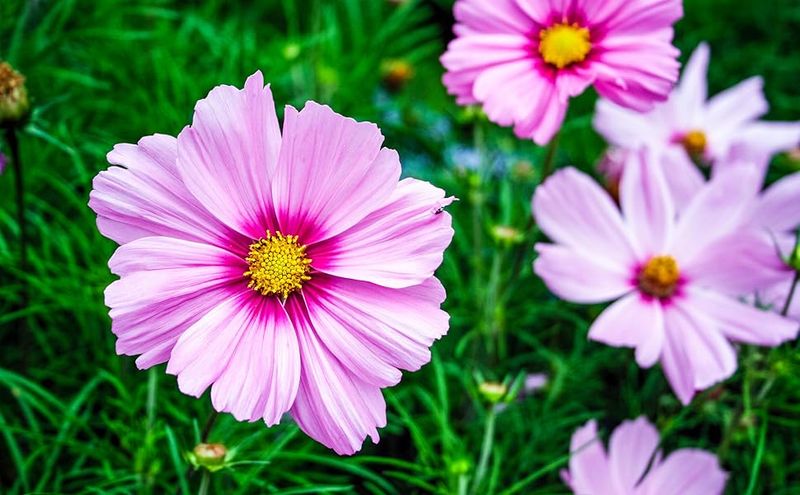
Feathery foliage topped with daisy-like blooms makes cosmos a garden favorite. While we often think of butterflies loving these flowers, hummingbirds regularly visit for nectar, especially the bright red and pink varieties.
Annual cosmos produce copious seeds that drop and sprout readily the following year. The resulting volunteer plants often bloom earlier than those you deliberately plant, extending the hummingbird feeding season.

